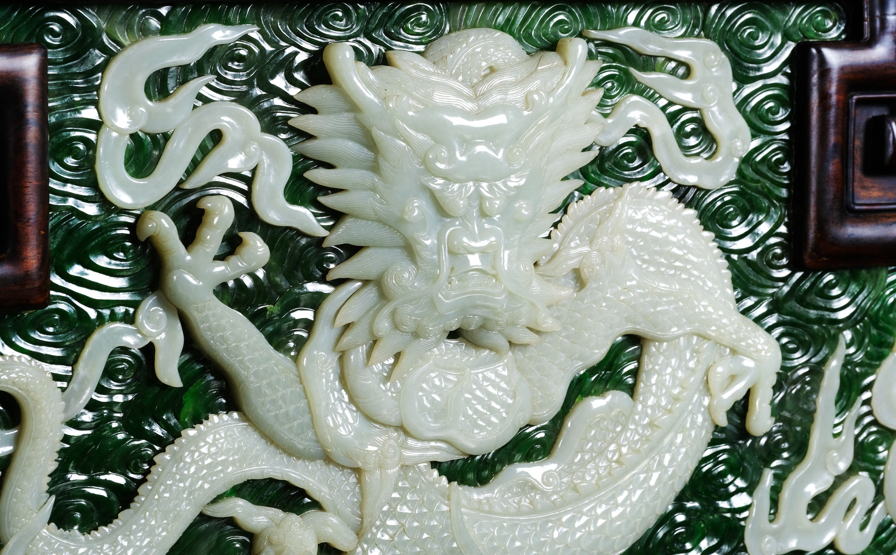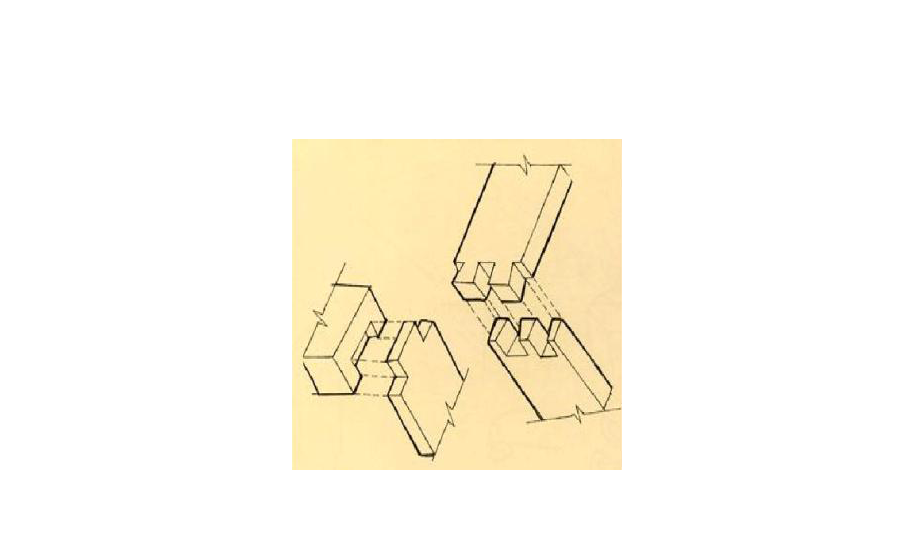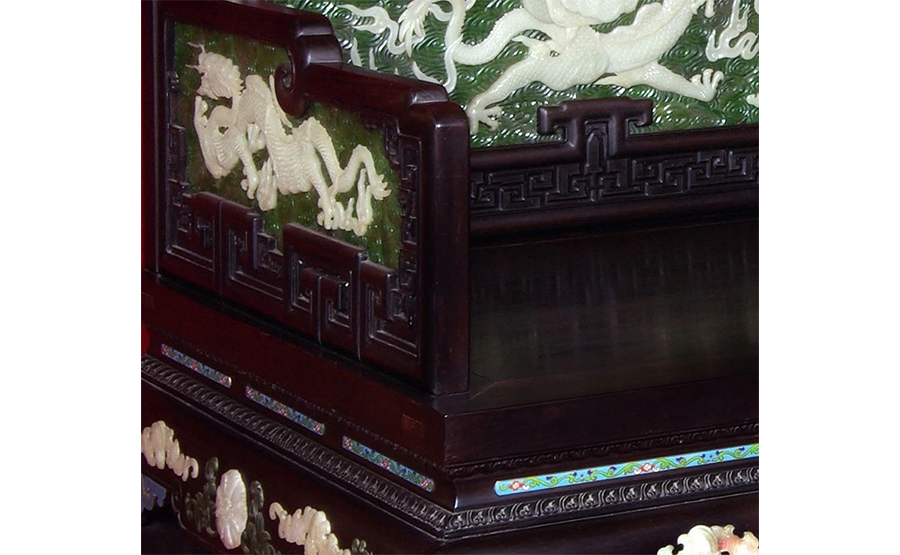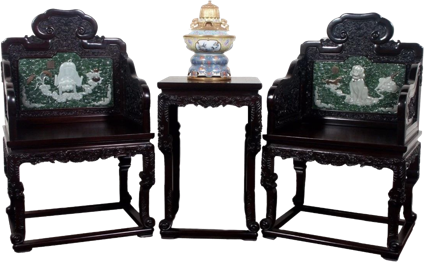In addition, this replica throne uses exquisite materials, including large-leaf rosewood, Hetian white jade, Canadian jasper, Beijing enamel color, and Nanjing gold foil. It brought together more than a hundred skilled craftsmen from Shanghai, Suzhou, Nanjing, Dongyang and other places, taking several years to complete the replication, and received authoritative approval from Forbidden City Ming and Qing furniture experts Cao Jinglou and Hu Desheng. Due to the time, effort, and financial resources required for replicating this throne, Hongworks has only made three replicas in total. Two have been collected by two top collectors in China, and the last one remains in Hongworks' member club (Fortune Club) for Hongworks members to appreciate.
It is worth noting that Mr. Huang Donghua, the founder and artistic director of Hongworks, after completing the national treasure replication, suddenly had an inspiration one day. Based on the three "secret techniques" of this Qianlong rosewood inlaid jade throne, he had master craftsmen combine imperial feng shui theories to carefully design 12 zodiac patterns, developing this set of twelve zodiac master chairs. Although different from the Qianlong rosewood inlaid jade throne replica that takes a year to complete and costs tens of millions, due to the complexity of the craftsmanship, the annual production of the twelve zodiac master chairs is also very limited. Due to their rarity and practicality, their value has been one of the few art investment pieces that can match the housing prices of China's first-tier cities over the past decade. In 2005, Xiao Yanyi, then deputy director of the Palace Museum, was amazed by the design and craftsmanship of this set of twelve zodiac master chairs created by Hongworks, which inherited the lineage of court furniture. This broke the "rule" that the Palace Museum had never collected contemporary rosewood furniture in its 80-year history, making an exception to collect this set of twelve zodiac master chairs.
Whether it is the replica of the Qianlong rosewood inlaid jade and enamel throne, or the twelve zodiac master chairs derived from this throne, both interpret Hongworks' consistent purpose with their exquisite craftsmanship, exquisite materials, and unique humanities - creating Chinese beauty that transcends time.









 Public Security Record: 31010102006194
Public Security Record: 31010102006194